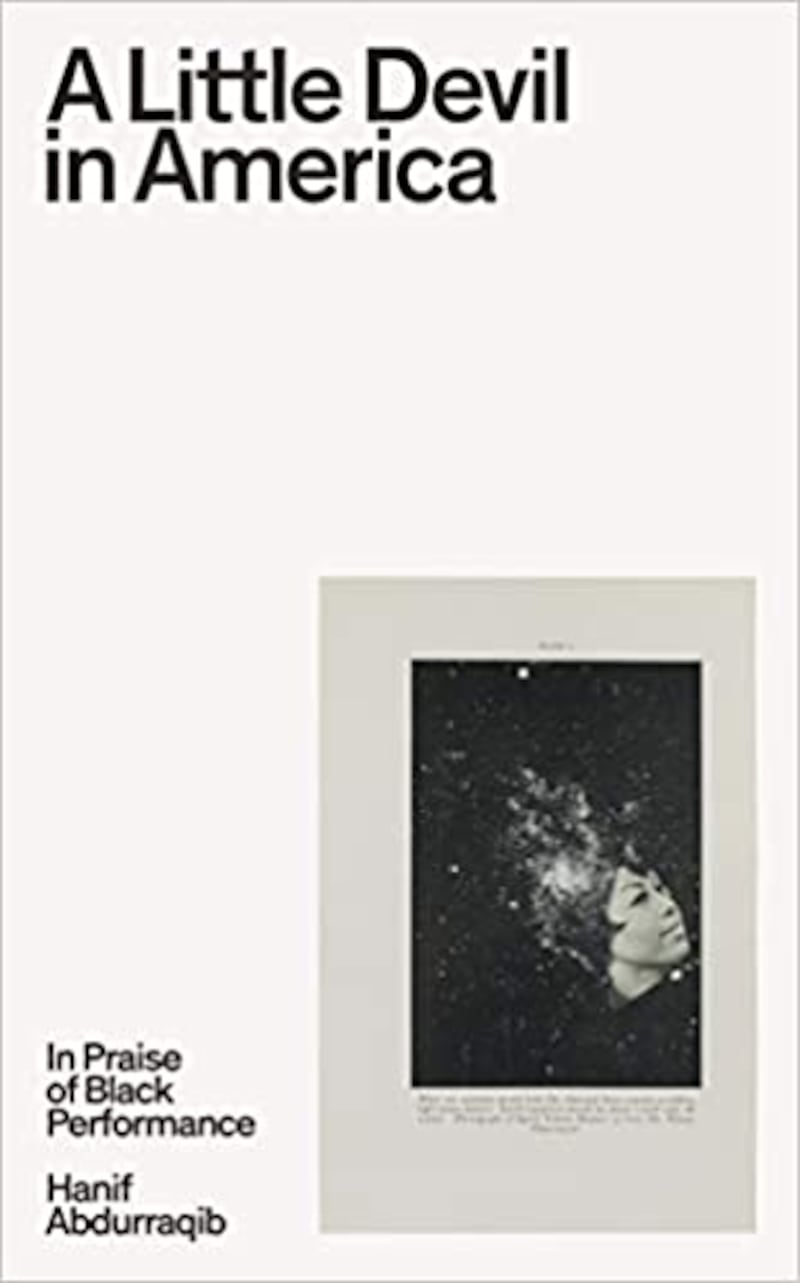One of the questions posed in Hanif Abdurraqib’s A Little Devil in America is this: who is the audience for a piece of writing, or music, or a comedy sketch – and what happens when that audience expands? You tell a joke that makes the people you know best crack up. That joke might then be broadcast to millions – by which point you can’t tell who’s laughing with you, and who’s laughing at you.
When comedian Dave Chappelle walked away from his successful Comedy Central television series, one of the reasons for his decision was that he noticed a white crew member laugh first and loudest at the Black Pixie sketch, which played on racist tropes. (The sketch consisted of a tiny version of Chappelle in blackface trying to convince the comedian to choose chicken instead of fish as an in-flight meal.)
“This is one of those Chappelle skits,” Abdurraqib writes, “that almost certainly was made for him and his friends to laugh at.” Outside of that small circle, and beyond a black audience, it can play very differently.

The author’s preceding book, Go Ahead in the Rain, was an innovative study of the hip-hop group A Tribe Called Quest. Here he analyses the significance of a variety of cultural figures or moments and links them skilfully to bolster his argument.
For example, he looks at how the differing modes of blackness embodied by two central characters (Will and Carlton) in the 1990s sitcom The Fresh Prince of Bel-Air might shed light on why Whitney Houston was booed by the audience at a black awards ceremony. “The problem is that there is no way to prove oneself Black enough for every type of Black identity in the states, let alone the world,” Abdurraqib surmises.
Stealthy approach
At heart a personal essayist, he prefers to approach big themes stealthily, often from an unusual angle. He has an enviable ability to move from a wider cultural phenomenon to the personal in a couple of sentences. In a discussion of “the Beef” – or feud – he only briefly mentions the mutually fatal disagreement between rappers Tupac Shakur and Biggie Smalls, and instead focuses on an earlier dispute between Joe Tex and James Brown that started with a stolen dance move, then escalated until shots were fired. Performance can be a substitute for, caricature of, or prelude to, violence.
He also illustrates how culture can expose fault lines in everyday life: in one essay, an amiable enough conversation with a white man in an airport lounge is cut short when the latter spots the submerged police car in Beyoncé’s Formation video playing on Abdurraqib’s phone, and common ground suddenly crumbles.
Each of his portraits of cultural figures is carefully etched and distinct, such as that of the virtuosic Juba, a brilliant dancer whose energetic, skilful act was witnessed by Charles Dickens, and whose final performance might well have been in Dublin.
Scenes drawn from the author’s childhood and young adulthood in Columbus, Ohio, are often nostalgic and joyful. But there’s a dark edge to some of these recollections: the sense of a hostile world beyond their boundaries. Of a “sock hop” – a lunchtime disco in his school – he writes that black kids “wanted to imagine the afternoon as a night without worries”.
Black performance
The process of imagining something different – a space in which to maintain or develop black identity that’s separate from the threats and violence of wider society – emerges as essential. Abdurraqib writes of Don Cornelius, the founder and presenter of the long-running TV show Soul Train, that he “had a vision for Black people that was about movement on their own time, for their own purpose, and not in response to what a country might do for, or to, them”.
For Abdurraqib, then, black performance is double-edged. In performing for a white audience, a black performer is invariably carrying out a service that can alienate them both from themselves and from black audiences. The relationship between white audience and black performer can be functional: appearing when that audience needs you to assuage its conscience or tell a joke or score a touchdown, but otherwise remaining invisible.
The other side of black performance, though, is that it holds the promise of a better world. While some performers found it on this planet – Abdurraqib gives the example of the dancer Josephine Baker in Paris – at the outer reaches of this tendency is the Chicago jazz musician Sun Ra, who claimed to be an alien sent from Saturn to bring peace.
For Abdurraqib, this isn’t crazy but logical: Sun Ra, considering the iniquities and racism of American society, decided that “there had to be something better than this”, and his vision is “a reminder that there is some place that lives in the imagination [that] will appear spectacular to everyone who isn’t us.”












